Over the last few years lure angling has without doubt been the fastest growing sector in the angling industry, with many anglers now having a go at casting a lure for the first time in the hunt for those freshwater predators!
Lure angling has changed a lot over the past few years and for some it can be a complete minefield to navigate. To help guide you through the many changes, we at Predator Tackle have put together our Top 5 Lure Fishing Angling Essentials to help you get started and hopefully stop you putting a bait casting reel on a spinning rod!
To enable you to narrow your search, you will need to first decide which species you would like to go out and catch. Once you have picked your prey, it’s then down to what size lures i.e., the weight and length you would like to cast out to catch your chosen target.

Rods
It’s all about the Casting Weight! Casting weights of lure rods are measured in grams and are grouped in casting weight categories. Each category has a series of letter(s), which will indicate the casting weight of that rod, the exact casting weight range for that rod will then follow the letter(s). In the table below is a guide to help you see the range of different weight ranges and what category they would fall in.

So, the first question is, which rod should you choose? If you’re starting out, you will be safe with a rod in the range of a ML to a MH rod as this will give you plenty of options when it comes to what lures you can use and cast about.
Once you have picked the rod that suits your fishing requirements it’s important to pick a reel that matches the rod, please don’t think you can slap any old carp reel on and off you go!
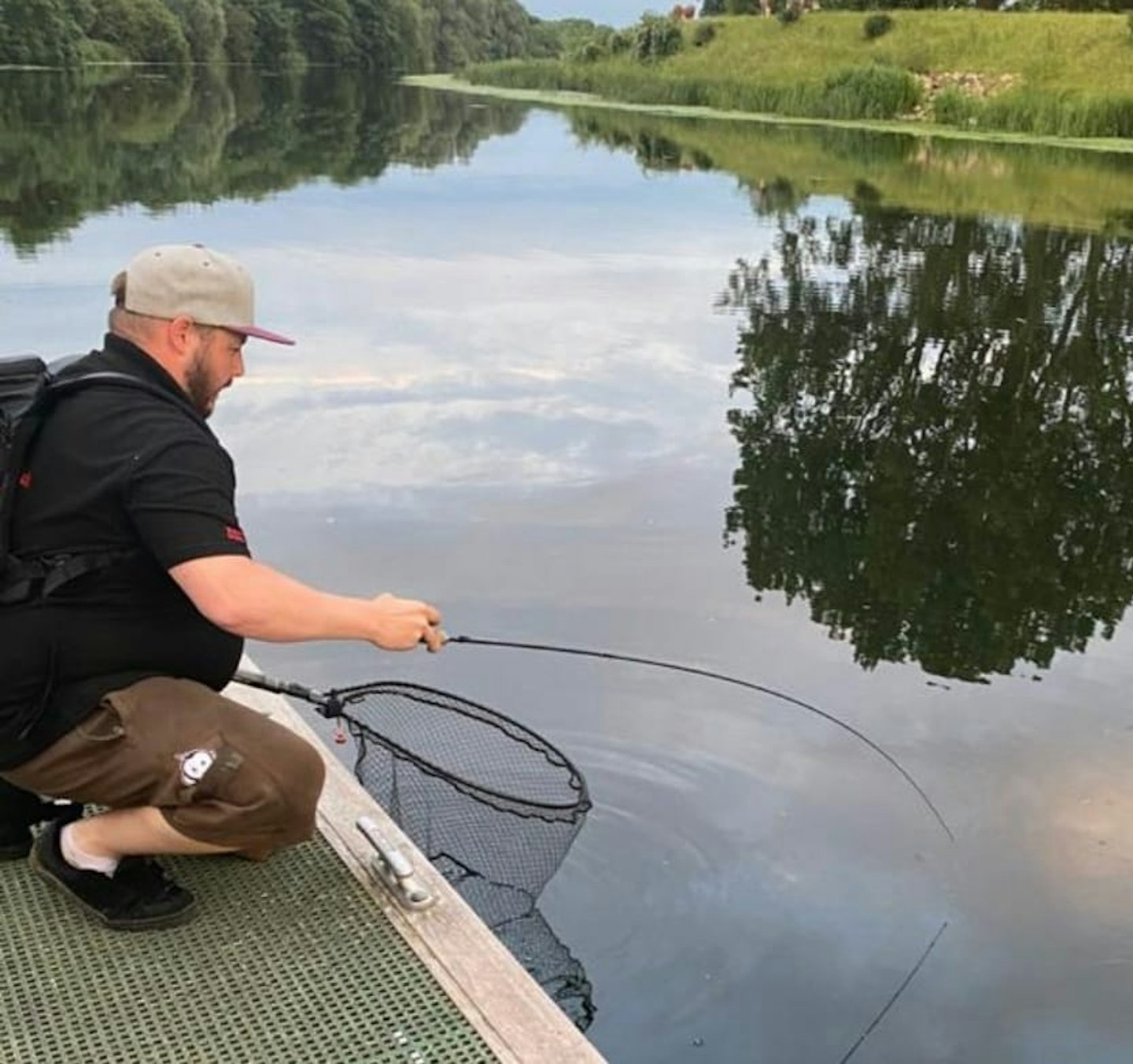
Reels - Spinning or Baitcasting?
We still see anglers with a spinning reel on baitcasting rod and vice a versa. If you’re just starting out then a spinning set up will be your best option, unless you are used to baitcasting / multiplier type reels, and you want to cast big heavy lures for pike or you really want to go down the Bait Finesse System (BFS) route, but that’s another topic within itself!
Match your reel to the rod weight, lure spinning reels are measured in a size and range from the following: - 500, 1000, 2000, 2500, 3000, 4000 & 5000 and just to confuse you more there are models that are available in a compact range that have a smaller / shallower spool like C2000 or C3000 models.
Baitcasting reels are also measured in size from 100, 200 & 300, but with an added factor of a drag power which is measured in kilos. Drag power of a reel refers to how much weight the drag can hold whilst still functioning smoothly. The drag control is the star shaped knob situated between the handle and the reel body and is used in the same way as you would with the tension on the top of the spool on a normal spinning reel. All baitcasting reels also have a brake system that is on the opposite side to the drag control. The braking system is an essential feature of baitcasting reel, as this helps to slow down spool rotation during the casting process in order to avoid backlashes.
There are two types of baitcaster brakes; centrifugal and magnetic. Many baitcaster models nowadays have both of these braking systems, and both the centrifugal and magnetic brakes are essential to slow down spool rotation during the initial part of your cast which stops you getting a bird’s nest of line. The second way to adjust the speed of spool rotation is with the baitcaster spool tension knob, which is a round knob located on the same side as the reel handle next to the star shaped knob drag control.
Unlike the centrifugal and magnetic brakes, the spool tensioner slows down spool rotation more towards the end of the cast, when the lure is about to hit the water, and stops pulling line off the spool. The spool tensioner serves to fine tune the spool rotation speed, so always start by adjusting the brakes first, and then move on to the spool tensioner.
But let’s not make it too hard...pick a spinning reel set up!
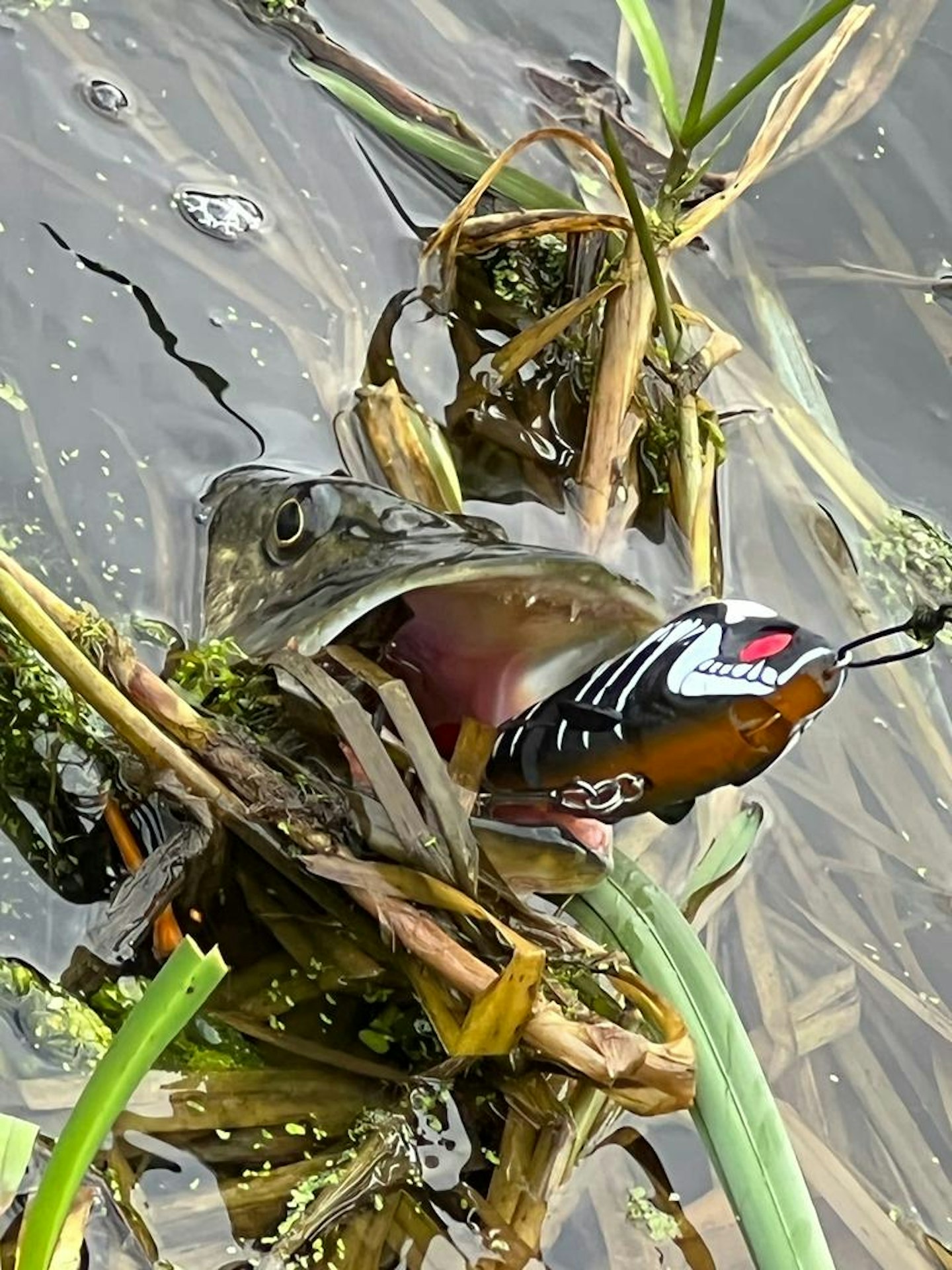
Braided Line - Diameter is out, it’s all about PE!
PE stands for Polyethylene, all that braided lines are is thin strands of molecular weight polyethylene (UHMWPE), that’s known as PE, which essentially is the breaking strain (BS) and thickness.
The PE count is formed by wrapping a number of thin strands tightly braided together in either 3, 4, 8, 12 or 16 strands. The higher number of strands will in turn make the braided line smoother and rounder.
But beware not all braided lines are the same, x8 braids are generally the one to go for as it has a great round profile which is suited for spinning reels and general lure set up. The x3 and x4 strand braids have a flatter profile and will suffer from line twist over time when using them on spinning reels and therefore are best suited for baitcasting set ups or when fishing in deeper water, as the braid is a lot thinner you will experience less drag if fishing vertical or in fast flowing water. The x12 and upwards braids are more for your specialist lure anglers looking for that extra edge who want the highest possible strength coupled with thinnest and rounded profile.
So in summary, x3 and x4 are thinner & flatter with lower BS, x8 is rounder and smoother with a higher BS to thickness, where the x12 and above give you the ultimate rounder profile with a thinner but higher BS. We would recommend a x8 as an all-round braided line that will cover most aspects of your lure angling.
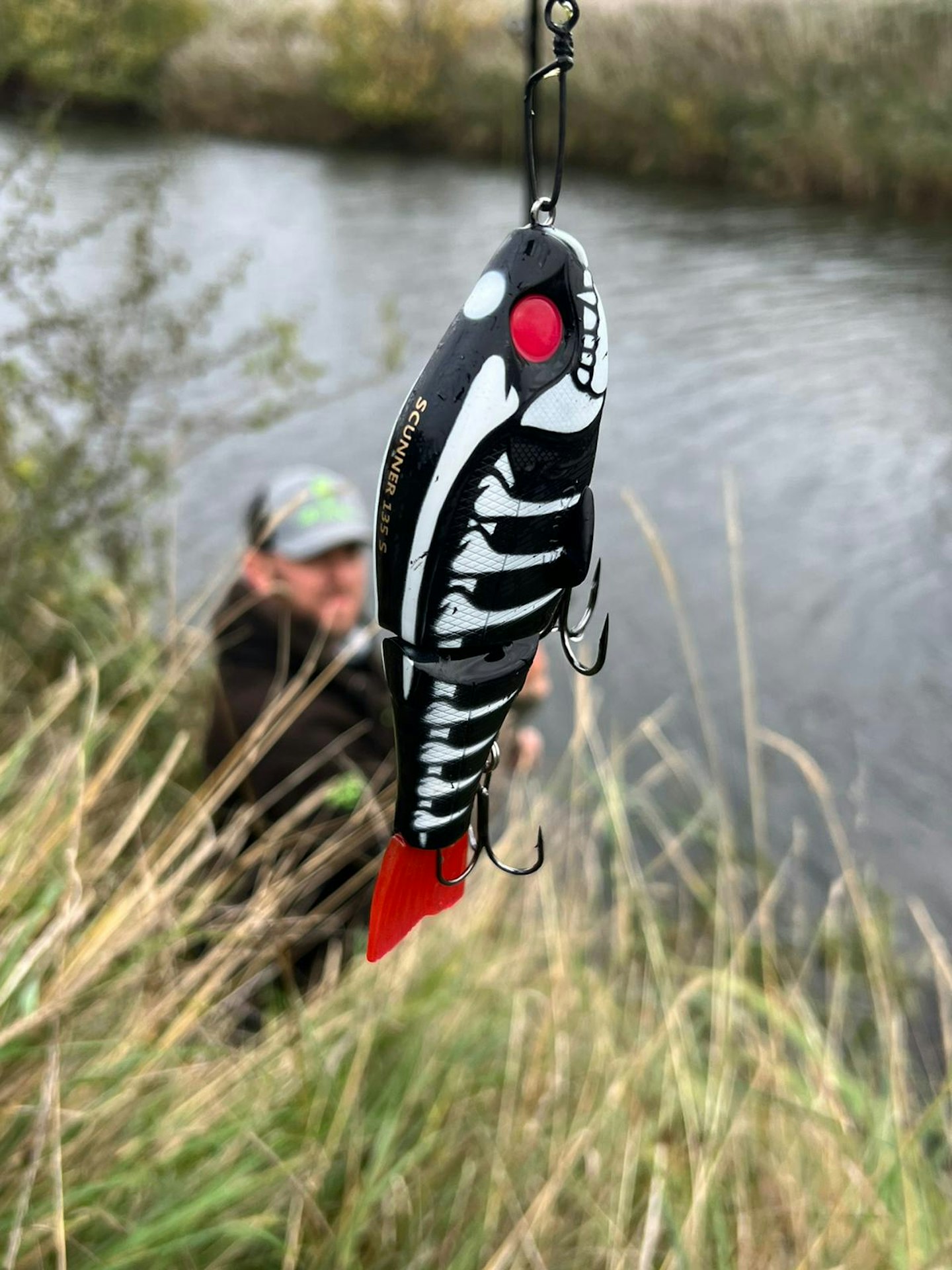
Lures
The smaller the lure doesn’t mean you will only catch small fish; size really doesn’t matter!
Lures fall into three main categories, Soft, Hard and Metals. All Lures come in a number of lengths, shapes, sizes and with many of the lures designed specifically to target certain species. The soft plastic lures are the most popular as they are easiest to use and can appear to be more lifelike and have a more natural swimming action that will entice the wariest of predators. Many of the same soft plastic lures can be fished and presented in many different ways which gives you plenty of options with just one soft lure. Where many of the hard baits and metals will only give you one or two options to fish them.
The _soft plasti_c lures can be presented and fished either on the Drop Shot, mounted on a weighted single hook Jig Head or even with a treble hook mounted on a harness or stinger set up. Soft lures can be fished fast, slow, static, on the surface, midwater, hard on the deck or even in all three areas within the same retrieve.
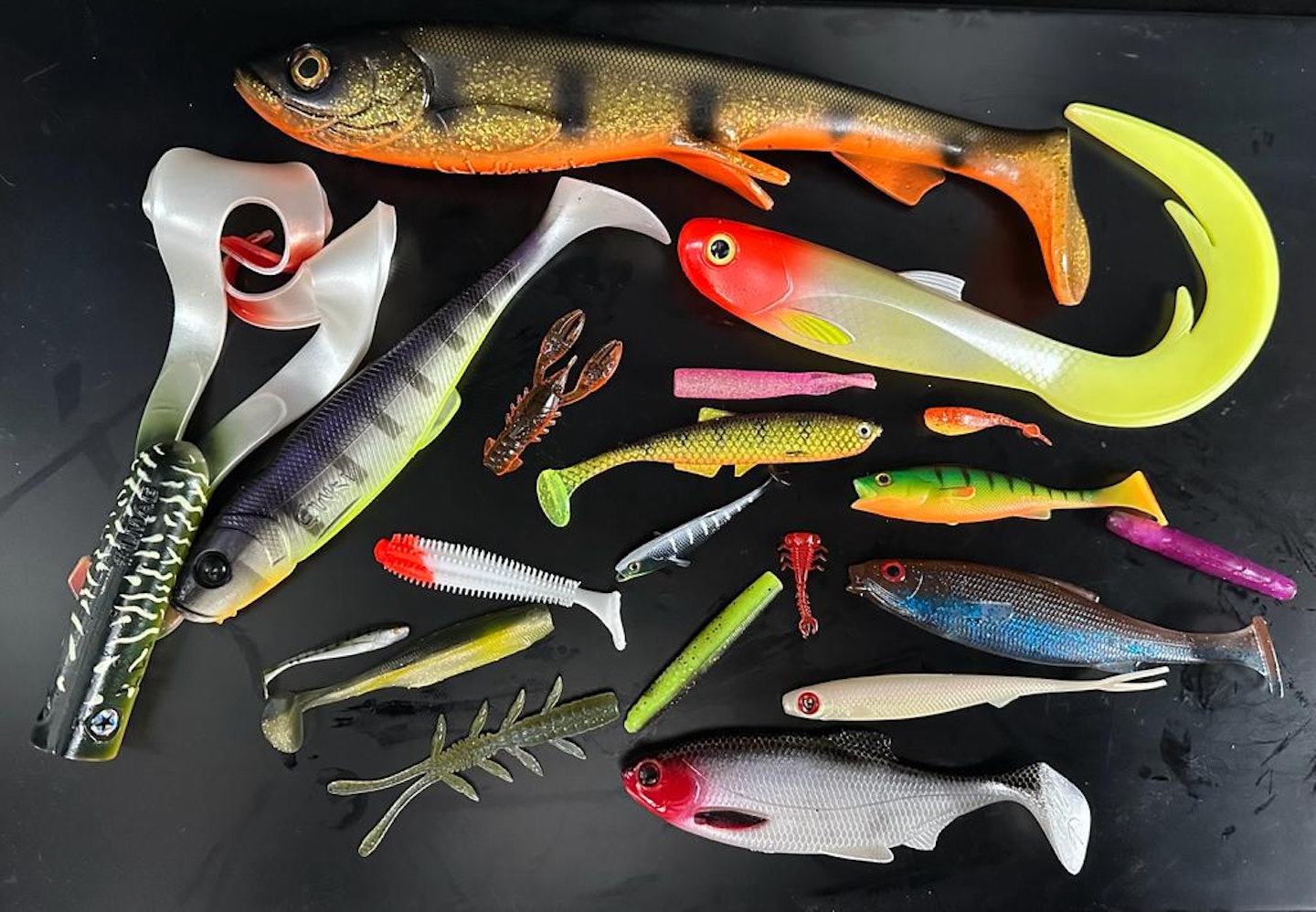
Nets
You can’t swing in a big perch on a UL rod! There are many variations of the theme of landing nets, be it a fixed, telescopic, flick, flip or folding they all do the same job and help to land the fish safely. But get a net that suits your set up style and fishing location.
If you’re fishing canals or rivers and are planning on doing a bit of walking, set yourself up with a flick type net with a 50-60cm head that has a short handle with a quick release magnet system as this with enable you to fish on the move. If however, you are fishing for pike or zander you may find that you will be more static with your fishing therefore a bigger net is required so you can get away with carrying it by hand, or even over the shoulder. If the spots you are fishing have high banks and you need that extra reach, then you may want to consider a net with a telescopic handle that can extend up to 5m!
We have devised a couple of tables to try and make life easier when choosing the right set up for you...

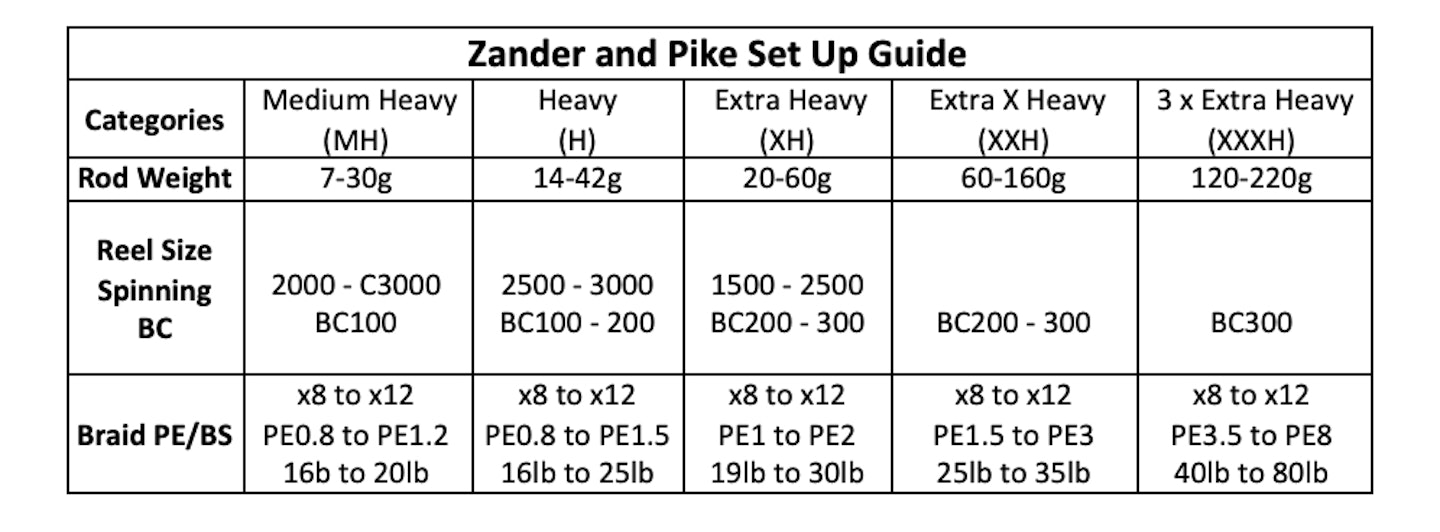
Still confused? Feel free to give Predator Tackle a call and we will help you get those toothy predators on the bank!
By Dave Greenland - PredatorTackle.co.uk
FOR MORE GREAT TACKLE, TACTICS AND WHERE TO FISH ADVICE, WHY NOT TAKE A LOOK AT OUR MEMBERS SITE.
